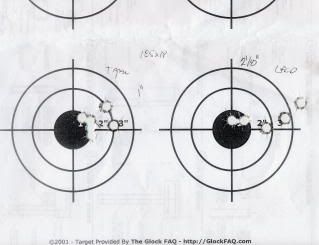Newb here and have been researching reloading and equipment. Don't want to spend a lot of money especially with the holidays around the corner and LEE fits my budget comfortably. I have done my due diligence and have read of the problems in regards to the LM. I do have some mechanical appitude and may be able to tinker and figure some problems.
I will be reloading 9mm, .40, .45 and possibly .308 and .223. Pistols, I shoot about 300 rounds a month and don't shoot a lot of rifle rounds.
Looking at the Turret, it would seem to be the easiest to maintain and troubleshoot. But after looking at the prices of the kits, they are pretty much priced the same. My time is of value to me and I like the speed of a progressive. In either case, I will be buying separate turrets for quick caliber change overs. I understand with the Turret kit, I will need the dies and with the specific LM kit, I'll also need the factory crimp die since it only comes with a 3-die set. I also want a digital scale so the the included balance-beam scale included in the Turret kit is a non-issue as well as the included reloading book.
Comments to help steer this Newb please. Tks.
I will be reloading 9mm, .40, .45 and possibly .308 and .223. Pistols, I shoot about 300 rounds a month and don't shoot a lot of rifle rounds.
Looking at the Turret, it would seem to be the easiest to maintain and troubleshoot. But after looking at the prices of the kits, they are pretty much priced the same. My time is of value to me and I like the speed of a progressive. In either case, I will be buying separate turrets for quick caliber change overs. I understand with the Turret kit, I will need the dies and with the specific LM kit, I'll also need the factory crimp die since it only comes with a 3-die set. I also want a digital scale so the the included balance-beam scale included in the Turret kit is a non-issue as well as the included reloading book.
Comments to help steer this Newb please. Tks.








